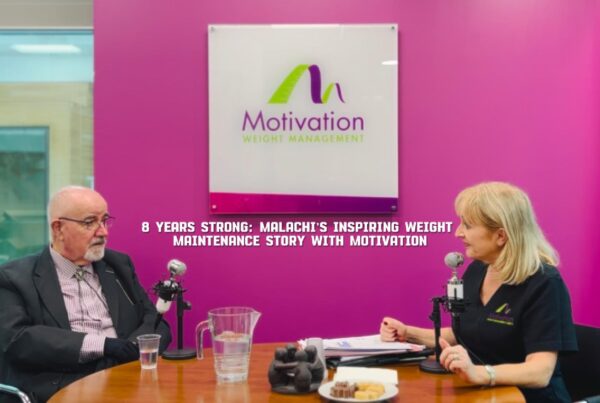
As we all know, there are ups and downs, and good and bad days. As best as we try, not every day can be a good day. It’s how we respond to those challenges that sets us up for successful weight loss and just as important, successful long-term weight maintenance.
So, why can’t every Friday be a good Friday?
This is my reply and this is core to how we work with clients to make those transformative changes.
It’s about understanding behaviour or psychological causes.
In psychology, the school of cognitive therapy explains human behaviour in four steps: A, B, C and D. This is used to explain all behaviour, both healthy and unhealthy. These steps always take place, one after another.
Each step automatically triggers the next: A triggers B, B triggers C, which, in turn, sparks off D. However, A cannot trigger C or D. All steps are always present, even if they are done unconsciously or very quickly.
Step A: A fact, an event or a situation happens.
Something happens to me.
Step B: My thought on this event.
What I tell myself in my head.
Step C: The emotion I felt.
What I automatically feel.
Step D: My automatic behaviour.
What I do (often automatically).
Notice the keywords: my thought, my emotion and my behaviour.
- This means that I am solely responsible for my behaviour.
- This means that everything I do (my behaviours) come from my emotions (C triggers D).
- This means that my emotions come from my way of thinking (B triggers C).
- In the end, this means that it is not what I am experiencing (the event) that triggers my emotion, but rather my thought (Step B).
Therefore, I would recommend not giving others power over our emotions. As well, I would say that a person cannot be responsible for the emotions of others.
Positive ABCD
Below is the process that explains good behaviours that lead to success.
Step A: A fact, an event or a situation happens.
Something happened to me. I am overweight and I feel bad about it.
In a process leading to success, Step A will lead to a goal that we set for ourselves. For example, to succeed at work, to do a physical activity, to stop smoking or to lose weight.
Step B: My thought on this event.
What I tell myself in my head. I say that I want to feel better, that it truly is worth it.
Important: Your thoughts are your own. You can acquire new ones, keep the ones that work for you or lose the ones that are harmful to you.
Step C: The emotion I felt.
What I automatically feel. I am very motivated.
Motivation is in fact a positive emotion, like love, serenity or joy.
The stronger the perceived benefits in Step B and the stronger my belief in success, the greater my motivation will be.
The word “automatically” means unconsciously. I therefore do not have direct control over the emotion.
To increase the intensity of my motivation, I have to return to Step B—my thought—and become more aware of the benefits that I will obtain by reaching my goal.
I also need to eliminate the negative emotions related to my perception of the costs involved in order to achieve my goal.
Step D: My automatic behaviour.
What I do (often automatically). I enrol in a good weight-loss programme.
The intensity of the behaviour always follows the intensity of the emotion. Strong motivation automatically leads to strong behaviour. Low motivation automatically involves low behaviour and vulnerability to negative emotions.
Important: To have long-lasting success and good motivation in the long term, every day, if possible, you must repeat Step B (benefits associated with your success).



